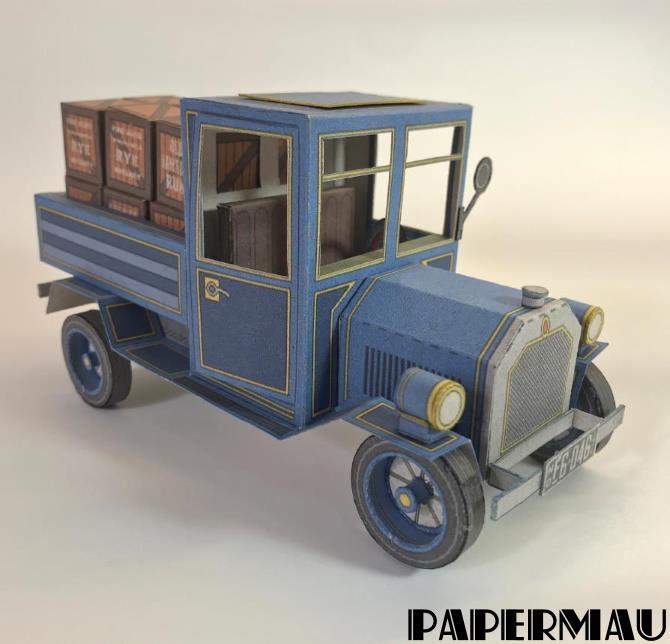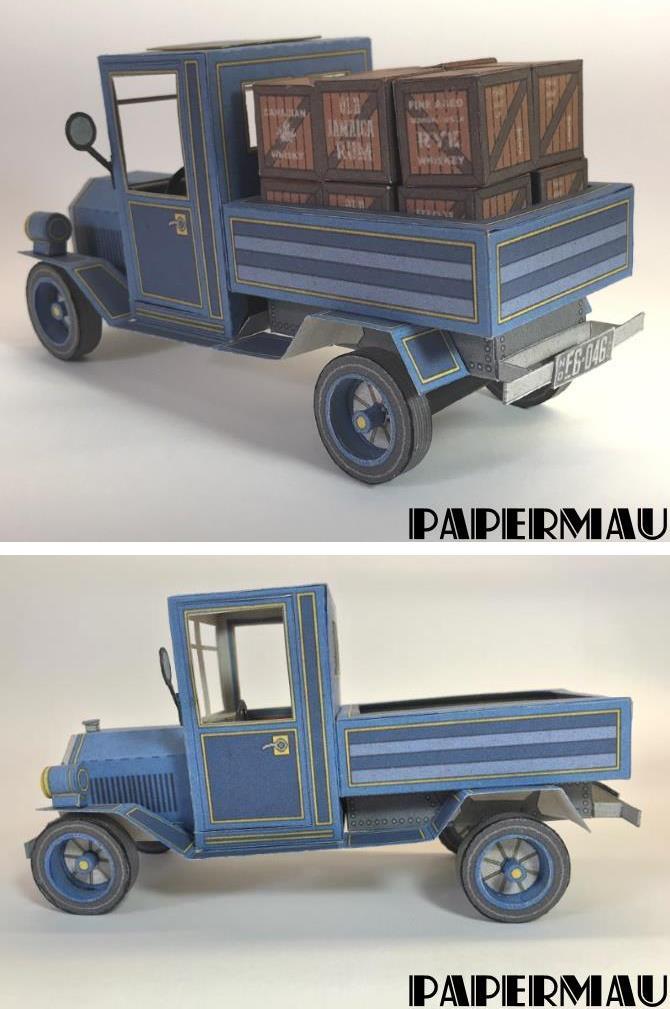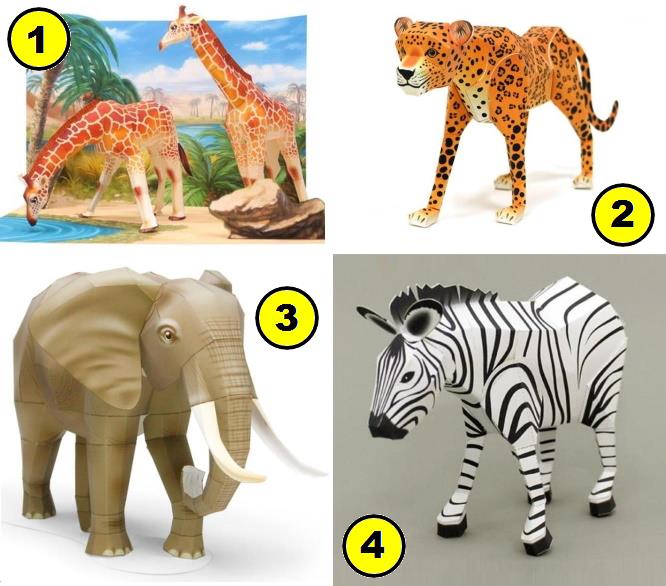Perfect for school projects and science fair displays or simply to decorate the room of enthusiasts or future astronauts, here is a beautiful paper diorama featuring an astronaut in a classic NASA spacesuit and a lunar surface stand.
This cool project is the work of two Japanese designers, Makoto Shiki and Kenji, and was created exclusively for the Canon website.
Man landed on the Moon on July 20, 1969, during NASA's Apollo 11 mission. Astronaut Neil Armstrong was the first to step onto the lunar surface, followed by Buzz Aldrin.
The Apollo 11 spacecraft was launched on July 16, 1969, from the Kennedy Space Center in Florida, using a Saturn V rocket.
The mission marked a historic milestone in space exploration and the space race between the United States and the Soviet Union. Since then, several other Apollo missions took astronauts to the Moon, with the last one being Apollo 17 in December 1972.
There have been no manned missions to the Moon since then, but there are future plans for both manned and unmanned space missions.
The Apollo 11 capsule, upon re-entering Earth's atmosphere, experienced incredibly high temperatures, reaching around 2,200 degrees Celsius. Fortunately, the technology of the time withstood this intense heat.
Eugene Cernan, the commander of Apollo 17, left his signature on the Moon by writing his daughter's initials on the lunar surface. This mark will remain there for thousands of years, as there is no atmosphere to erase these inscriptions.
During the Apollo missions, astronauts noticed that lunar dust stuck to everything and was difficult to remove. This fine and abrasive dust caused some unexpected technical issues, such as damaging helmet visors and scratching camera lenses.
Perfeito para trabalhos escolares e projetos de feiras de ciências ou apenas decorar o quarto dos entusiástas ou futuros astronautas, eis aqui um lindo diorama de papel composto por um um astronauta com um traje clássico da NASA e um stand da superfície lunar.
Este projeto bem legal é trabalho de dois designers japoneses, Makoto Shiki e Kenji, e foram criados exclusivamente para o site da Canon.
O homem chegou à Lua em 20 de julho de 1969, durante a missão Apollo 11 da NASA. O astronauta Neil Armstrong foi o primeiro a pisar na superfície lunar, seguido por Buzz Aldrin.
A nave espacial Apollo 11 foi lançada em 16 de julho de 1969, a partir do Centro Espacial Kennedy na Flórida, usando um foguete Saturn V.
A missão representou um marco histórico na exploração espacial e na corrida espacial entre os Estados Unidos e a União Soviética. Desde então, várias outras missões Apollo levaram astronautas à Lua, com a última sendo a Apollo 17 em dezembro de 1972.
Desde então, não houve missões tripuladas à Lua, mas há planos futuros para retornar com missões espaciais tripuladas e não tripuladas.
A cápsula da Apollo 11, ao reentrar na atmosfera terrestre, atingiu temperaturas incrivelmente altas, chegando a cerca de 2.200 graus Celsius. Felizmente, a tecnologia da época resistiu a esse intenso calor.
Eugene Cernan, comandante da Apollo 17, deixou sua assinatura na Lua. Ele escreveu as iniciais de sua filha na superfície lunar. Essa marca permanecerá lá por milhares de anos, já que não há atmosfera para apagar essas inscrições.
Durante as missões Apollo, os astronautas perceberam que o pó lunar grudava em tudo e era difícil de remover. Esse pó fino e abrasivo causou alguns problemas técnicos inesperados, como danificar viseiras de capacetes e arranhar as lentes das câmeras.






























